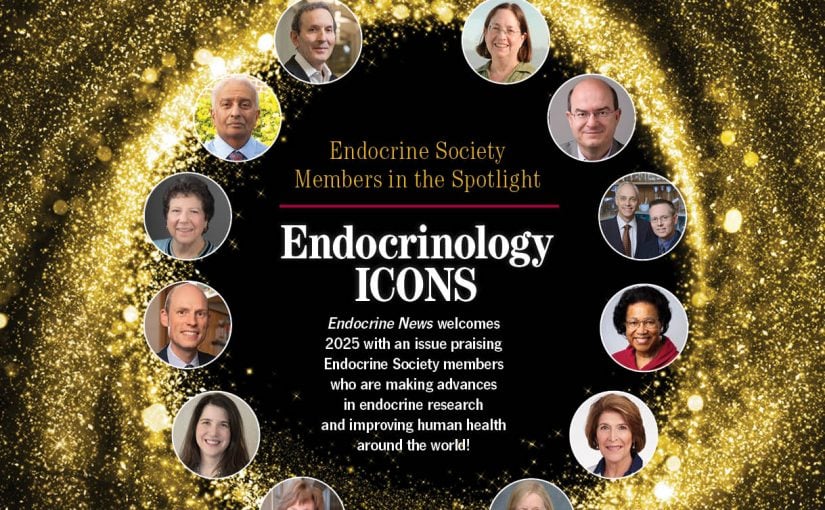The people who brought us the sexual revolution of the 1960s are now senior citizens. Many are still going strong—enjoying careers, traveling, playing sports, and, yes, having sex. Although no longer concerned about unwanted pregnancies, this population often needs a refresher course in sex education to deal with today’s sexual issues, Melissa Mapes writes in our cover story. Like the sex and aging seminars cropping up across the country, her story offers a frank discussion of sex among seniors (page 22).
We used to call type 2 diabetes “adult onset,” but the increasing incidence among American youth has widened the scope of the chronic condition and raised awareness of an evolving health problem. How best to treat children with the diseases is a matter of debate and research, free-lancer Eric Seaborg writes (page 32). Because obesity and type 2 diabetes are linked, prevention through exercise and diet is a highly favored strategy. Healthy eating, however, is a daunting challenge, as our story on portion sizes attests. Writer Kelly Horvath reports that some servings are five times larger than they were in 1970. Health advocates offer tips for portion control (page 36).
War brings casualties. The National Museum of Health and Medicine, a repository of military medical history near Washington, D.C., is a reminder of the extraordinary efforts medical personnel make to save lives and care for the wounded. The museum’s history and ongoing service, the focus of our Back Story this month, are well worth exploring (page 54).
Sincerely,
Marian Smith Holmes
Managing Editor
Endocrine News

